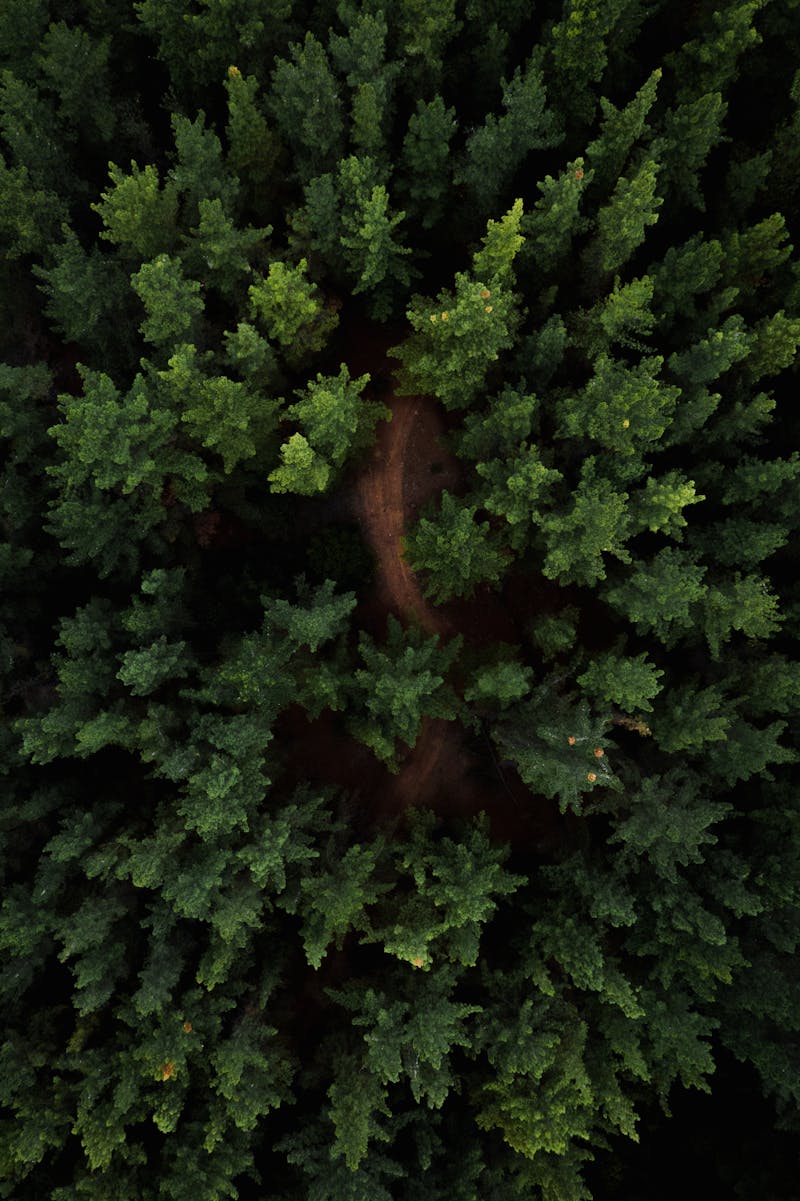Tree topping may seem like a quick and easy solution for managing the height of your trees, but this widespread practice can have dire consequences for the health and stability of these vital living organisms. By indiscriminately cutting the crown of a tree, you risk not only compromising its structural integrity but also exposing it to diseases, pests, and environmental stresses. The beautiful canopy that once provided shade and habitat is drastically altered, often leading to unsightly stubs that can weaken the tree and leave it vulnerable to decay. Understanding Tree Topping and Its Popularity
Tree topping—an aggressive pruning technique that involves cutting back the upper branches of a tree to a set height—is often misunderstood yet remains surprisingly popular among homeowners seeking quick fixes for their towering trees. At first glance, it may seem like a practical solution to reduce the tree’s height or to create a more manageable landscape. However, this seemingly straightforward approach can lead to a cascade of detrimental effects on the tree’s health and overall well-being.
Understanding the allure of tree topping often begins with aesthetics. Many people envision a neatly trimmed tree that fits perfectly within their yard’s design or a view unobstructed by overgrown branches. Additionally, some homeowners mistakenly believe that topping will prevent potential hazards, such as limbs falling during storms. Unfortunately, these short-term benefits come at a significant cost to the tree’s long-term vitality.
When trees are topped, they respond by attempting to heal their wounds and grow new branches, often resulting in weakly attached shoots that are more susceptible to breakage. This can lead to increased risks of falling branches, creating hazards instead of mitigating them. Moreover, topping can trigger a condition known as “suckering,” where the tree produces multiple fast-growing shoots from the cut areas, leading to a bushy appearance that only exacerbates the need for future pruning.
Ecologically, topped trees can struggle to photosynthesize efficiently, as the loss of leaves diminishes their ability to convert sunlight into energy. This can ultimately leave the tree vulnerable to diseases and pests, as its weakened state makes it an easy target.
As we explore the dangers of tree topping, it becomes clear that while this practice may appear beneficial in the short term, the long-term consequences can be dire. It is essential for homeowners to weigh these facts carefully and consider more sustainable alternatives, such as crown reduction or professional tree care, before making the decision to alter their trees drastically.
Tree topping, often viewed as a quick fix for overgrown trees, can have dire consequences for the overall health of the tree. When the crown is drastically cut back, it removes large portions of the tree’s foliage, which are essential for photosynthesis—the process through which trees convert sunlight into energy. This sudden loss of leaves can stress the tree, leaving it vulnerable to diseases and pests that can exploit the weakened state.
Moreover, topping disrupts the tree’s natural growth pattern, leading to an increase in weak, poorly formed branches. In response to the topping, trees often produce numerous new shoots, or “water sprouts,” which grow rapidly from the cut areas. These shoots are typically fragile and poorly attached to the tree, making them prone to breakage during storms or high winds. This not only creates safety hazards but may also necessitate further pruning in the future, leading to a cycle of stress and damage.
Additionally, tree topping can lead to significant sunburn on the exposed bark, as the protective foliage that once shaded these areas is removed. This can result in long-term damage to the tree’s bark, creating wounds that can invite insects and pathogens. Over time, the cumulative effects of topping can cause a decline in the tree’s vitality, leading to premature death.
In essence, while the allure of a quick fix might be tempting, the negative effects of tree topping far outweigh the benefits. Trees, like all living organisms, require thoughtful care and consideration to thrive, and topping often undermines that very premise, jeopardizing their health and longevity.
Tree topping, often seen as a quick fix to reduce a tree’s height or manage its appearance, can have severe ecological consequences that are frequently overlooked. This practice involves removing the upper portion of a tree’s crown, which not only drastically alters its shape but also disrupts its biological processes. When the crown is cut away, the tree’s ability to photosynthesize is significantly impaired. The leaves are essential for capturing sunlight and converting it into energy; without a sufficient leaf surface area, the tree struggles to sustain itself, leading to stunted growth and, in many cases, premature death.
Moreover, topping can create a cascade of negative effects on local ecosystems. Trees provide critical habitats for various species, including birds, insects, and mammals. By stripping a tree of its crown, you eliminate nesting sites and food sources, which can displace wildlife and disrupt the delicate balance of the local ecosystem. Additionally, the resulting stubs from topping can become entry points for pests and diseases, making the tree more susceptible to infestations that can spread to other plants in the area.
The repercussions can extend beyond the individual tree as well. Trees play a vital role in carbon sequestration, air purification, and soil stabilization. When trees are topped, their effectiveness in these ecological functions diminishes. This can lead to increased carbon levels in the atmosphere, poorer air quality, and enhanced soil erosion. The loss of canopy cover also affects local climate conditions, potentially raising temperatures in urban areas—a phenomenon known as the urban heat island effect.
In light of these impacts, it’s essential to consider more sustainable alternatives to tree topping. Pruning, when done correctly and at the right times, can help maintain a tree’s health and appearance without resorting to drastic measures. Consulting with a certified arborist can provide insights into proper tree care techniques that support both the tree’s longevity and the surrounding ecosystem. Ultimately, the ecological ramifications of tree topping should serve as a cautionary tale, reminding us of the importance of preserving our natural environments thoughtfully and responsibly.
When it comes to managing tree health and aesthetics, many homeowners might instinctively consider tree topping as a quick fix. However, the dangers associated with this practice—such as stress to the tree, increased susceptibility to pests and diseases, and potential harm to the ecosystem—invite us to seek more sustainable alternatives.
One effective approach is **crown thinning**, where selective branches are removed to allow more light to penetrate the tree’s canopy. This not only maintains the tree’s shape but also promotes healthy growth without the risks associated with drastic cutting. Another option is **crown reduction**, which involves carefully shortening branches while preserving the tree’s natural form. This technique can help reduce the overall height and spread of the tree without compromising its integrity.
For those looking to manage tree size without cutting, **regular pruning** can be beneficial. By removing small branches and deadwood throughout the year, you can help maintain a healthy structure without resorting to aggressive measures. It’s also crucial to engage with a certified arborist who can provide tailored advice and proper care for your trees.
Moreover, consider the benefits of **planting smaller tree species** or maintaining a diverse landscape. By selecting varieties that suit your space and climate, you can enjoy the beauty and benefits of trees without the need for drastic interventions.
Ultimately, embracing these sustainable practices not only ensures the health of your trees but also contributes positively to the environment. Rather than opting for tree topping, think creatively and consider how you can cultivate your landscape with respect for nature’s intricate balance.

